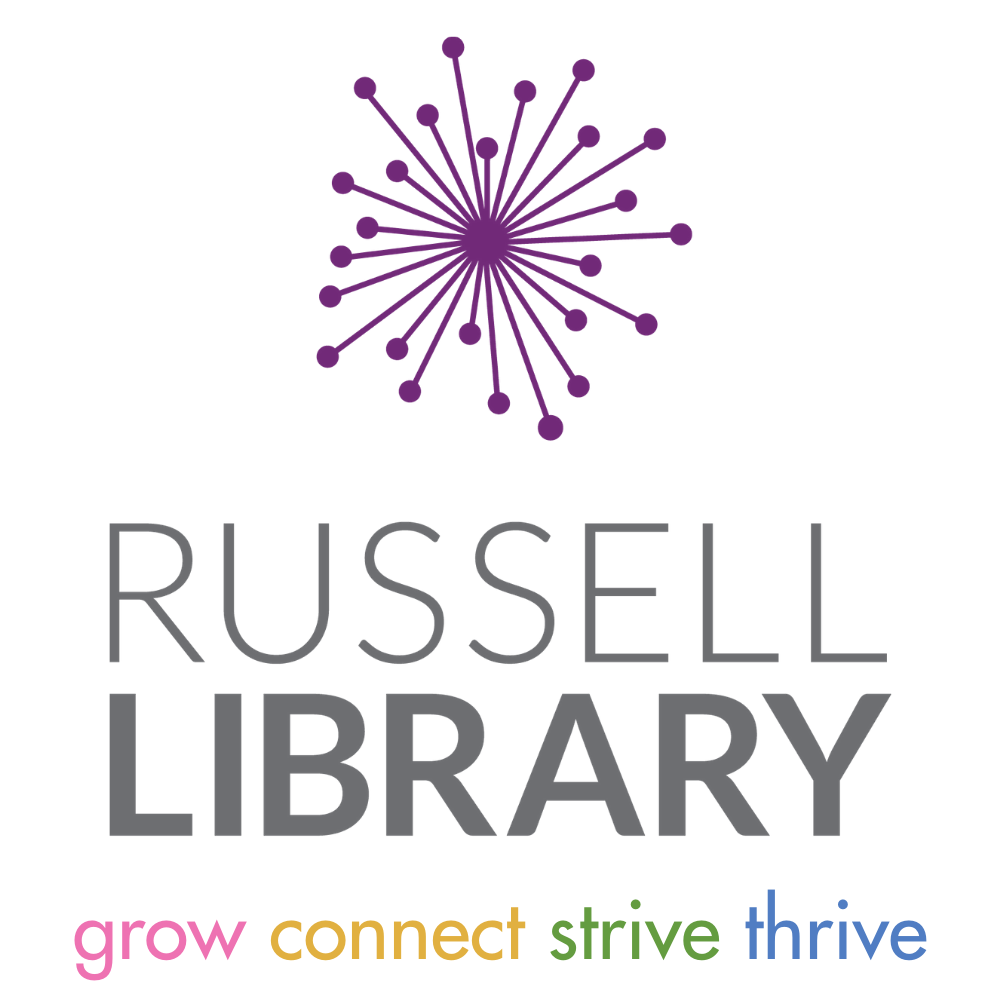Orlando: A Biography by Virginia Woolf
Memory is the seamstress, and a capricious one at that. Memory runs her needle in and out, up and down, hither and thither. We know not what comes next, or what follows after.
Virginia Woolf, Orlando, Chapter 2
Now, as readers we might be afraid of Virginia Woolf. Edward Albee’s play has triggered a wave of melancholy, when hearing Woolf’s name. Please do not let that deter you from reading a whimsical and eccentric piece of literature. I know when I see Woolf’s name, I assume it will be a disheartening novel that will leave the reader in a solemn depression. Apologies for the mellow drama. It is from my observation that when a reader hears Woolf’s name, they sigh with a despondent expression that resembles Woolf’s own portrait. It is then curious why readers simulate her keen facial expression? Is it writing in a stream of consciousness? Or Woolf’s own traumatic backstory, marked through her own expression of words? The readers of Orlando: A Biography, will not receive desolation. No, the readers of Orlando will be jubilant.

It appears I may not be selling Woolf’s novel to the highest degree. Please do not be skeptical. Virginia Woolf’s most notable works are Mrs. Dalloway and To the Lighthouse. These novels are placed among the classics. I think Orlando: A Biography, has a place among them as well. Orlando is an unconventional fanciful story with undertones that explore the patriarchy, flowing between genders. The main character is Orlando; it is a story of their life. I have not defined pronouns because Orlando begins the story as a man, until one day, they awake and find themselves as a woman. The novel spans from the 16th century, continuing to Woolf’s present day, 1928. Orlando, amid Queen Elizabeth’s Court, is given quantifiable land and women to choose from; however, his eyes are swayed to an androgynous Russian Princess by the name of Sasha. Sasha sweeps Orlando off his feet, but their love affair meets an untimely doom. Sasha returns to Russia like a shadow in the night, breaking Orlando’s fragile heart.

After the tumultuous heartbreak, Orlando is sent off to Constantinople and has risen in society to that of a duke. Orlando falls asleep one night, to not wake for days. When Orlando awakes from their slumber, he is no longer a man, but a woman. Orlando is not taken back by this metamorphosis, rather is amused. The reader is taken from a gentile witty expression of the gradual transition to a bitter veracity. Woolf alludes to this notion in a comedic fashion with feministic undertones. The novel presses on, exploring the role of women through the centuries.
Throughout the novel, the perspective is that of the biographer who also denotes and satirizes the idea of a biography. The writer writes a biography that is criticizing the genre itself, allowing the reader to ponder the contradictions of the conviction within the narrative. I could further delve into the themes of literary criticism or gender, but I will instead digress into another theme that allows Orlando to be timeless.
Orlando’s story spans three hundred years and does not age a day. Woolf constructs unassailable prose that allows the reader to think. Time itself becomes a consequential theme. Why, does Orlando not age? Time appears to be linear but stagnant on the body.
An hour, once it lodges in the queer element of the human spirit, may be stretched to fifty or a hundred times its clock length; on the other hand, an hour may be accurately represented on the timepiece of the mind by one second.”
Orlando, Chapter 2
The notion of writing of one’s life as a biography, but not to define the end of that life; thus, relates to our own mind’s conceptualization of time. It appears the impression of consciousness has played an alternative role. The memories that Orlando has made are bent through time, to their own invention. Who really knows what will happen tomorrow, or which memories are kept and which ones are swept away into the idea of time. One memory imprinted on me from reading the book: the taste of an aromatic bubbly crémant.

The wine to pair with our fanciful Orlando is Bodet-Herold Crémant de Lorie Physis. What is a crémant? It is a sparkling wine, made with the same method as champagne, but not from the champagne region. Let’s just say, a crémant is champagne on a budget, but it is well worth trying. Crémant can be made from eight different appellations in France. Our bubbly delight is from Loire. The primary grapes used to produce a crémant in Loire are Chenin Blanc, Cabernet Franc and Pinot Noir. The region is highly known for their crisp dry Sauvignon Blanc. However, rules do apply. Crémant can be made with a variety of grapes, except Sauv Blanc, which can only be produced in Bordeaux. The French are sovereign when it comes to wine. But don’t let the rules dissuade you, just like hearing Woolf’s name.
Orlando’s character reminds me of this expressive crémant. The floral designs mirror the taste, which resembles the playfulness of Orlando’s essence. The crisp effervesce finishes with a swirl of warm honey that depletes the complexity of the wine to a delicatessen. Popping open one of these scrumptious bottles from Bodet-Herold will blissfully alleviate any stress and your eyes will dance on the pages of Orlando till the very end.

Leave a comment